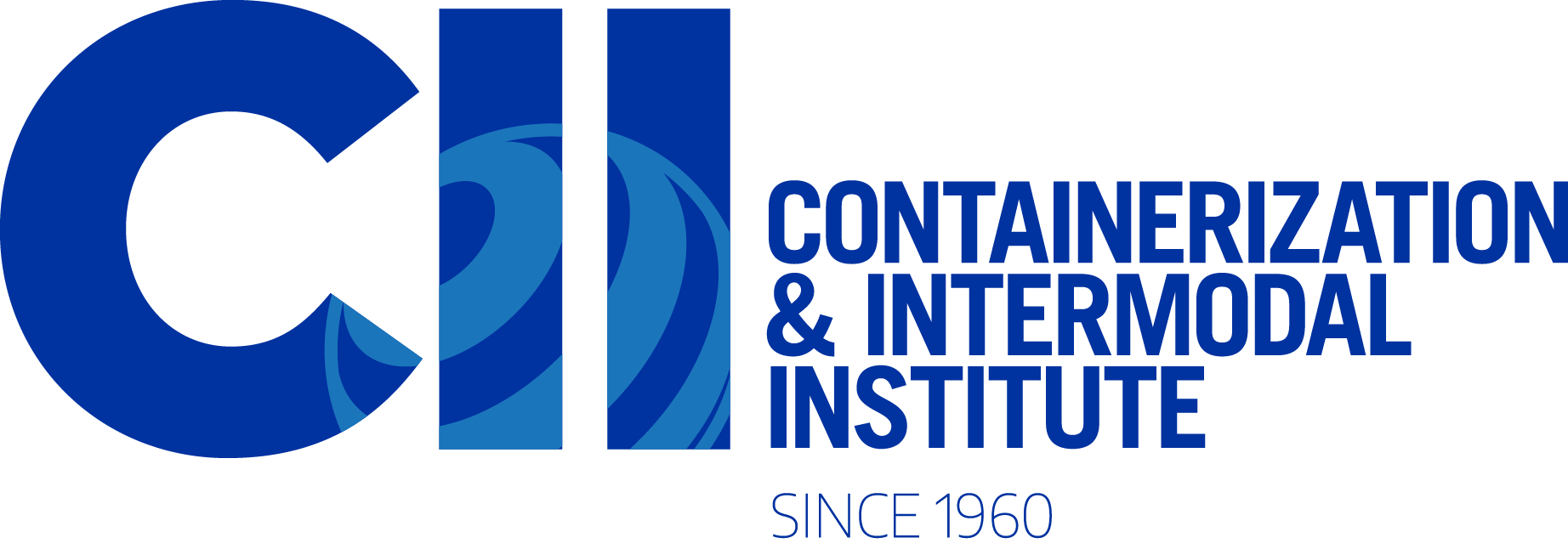The JOC 2023 Annual Review and Outlook Executive Commentary - Steve Blust, CII President
steve blust
CII, President
“With shipment volumes returning to more historical trend levels-and pressures easing- it is time to review and plot a better course, especially as it relates to interchange activity friction”
Over the past two years,COVID-19 has had an adverse impact on virtually every supply chain, nation, community, company,and individual in this great world.
With shipment volumes returning to more historical trend levels — and pressures easing — it is time to review and plot a better course, especially as it relates to interchange activity friction, which would allow trade to move forward with greater capability, capacity, and certainty.
Recently, there has been significant focus on supply chain congestion, fluidity, and resilience. Symptoms of the resultant supply chain disruption include port and terminal congestion and lack of adequate available equipment and capacity (ports, terminals, equipment, inland transportation, andwarehousing). Industry stakeholders and government regulators have quickly developed legislative therapeutics to help relieve the symptoms of the disruptions and resultant congestion, but additional action must be taken to address the underlying root causes of those symptoms.
Pain points in supply chains are often caused by fragmentation, mis-alignment, or opaqueness, especially with interchange activity responsibilities, costs, and risks at the point of interchange. There is evidence that several ocean carriers and transportation intermediaries are moving toward end-to-end transportation systems, which could significantly mitigate interchange friction and improve fluidity. Opportunities also exist for sector-focused supply chain players in the establishment of best business practices across supply chain interchange points and process visibility.Small shippers have expressed concerns that the large shippers obtain better rates due to scale. On The beneficial cargo owner side, theUS Shipping Act recognizes shippers’associations as a channel for multiple shippers to utilize “strength in numbers” to seek a more level playing field with larger shippers.
Better understanding and agreement of interchange activities, with the dissemination and availability of that information to all the parties involved, can help reduce friction and unnecessary costs and delays.

